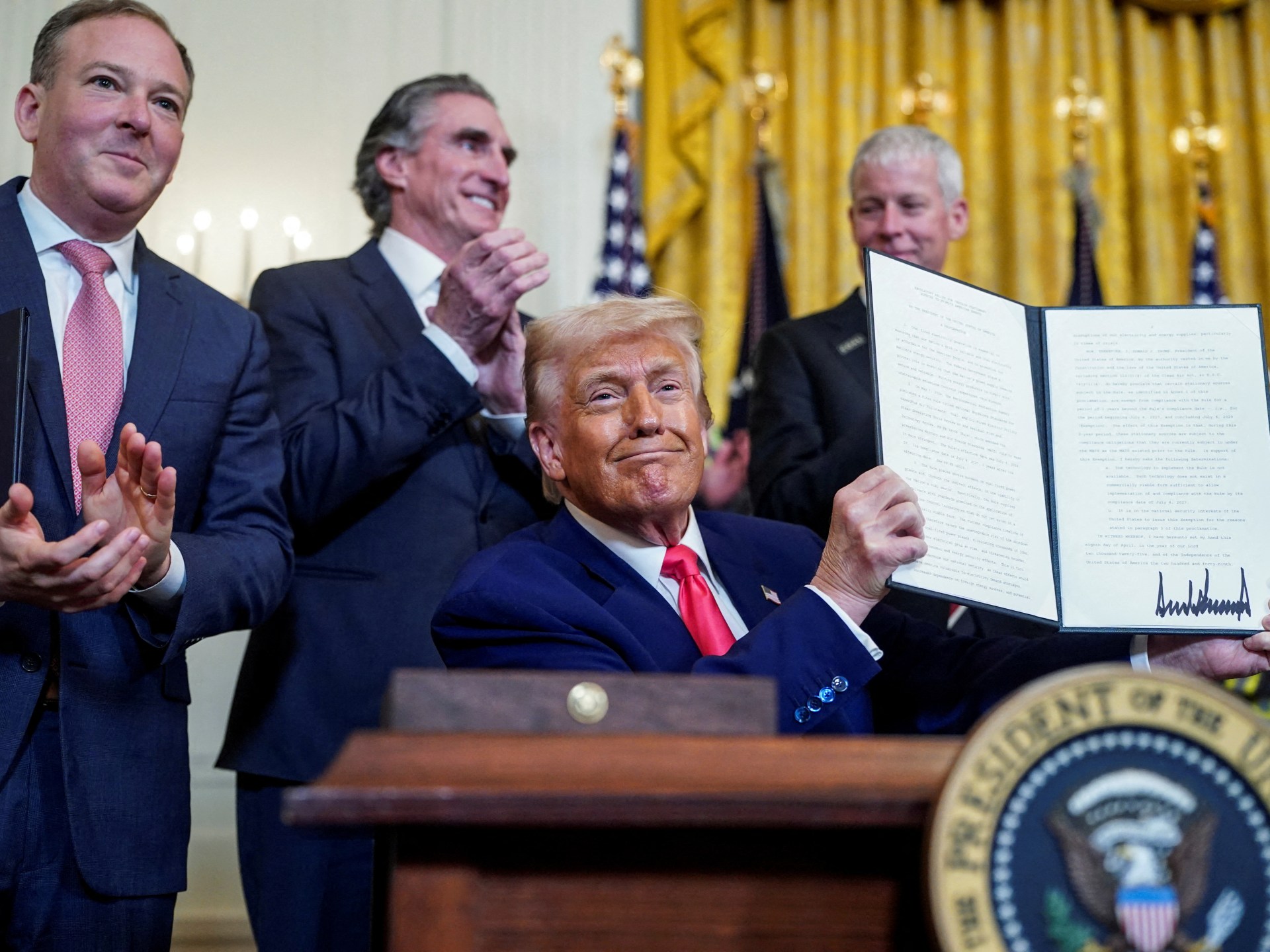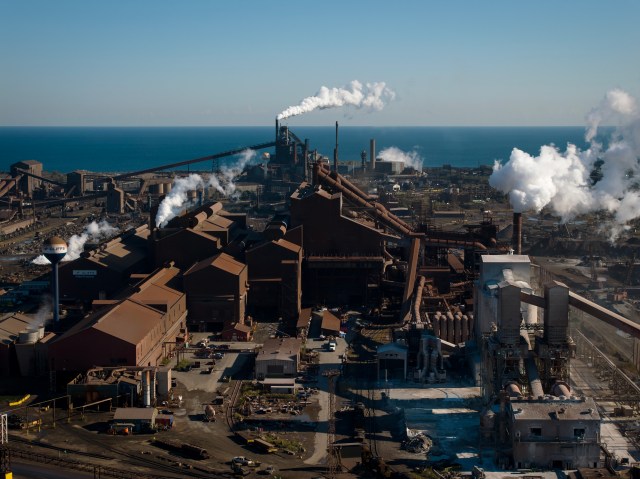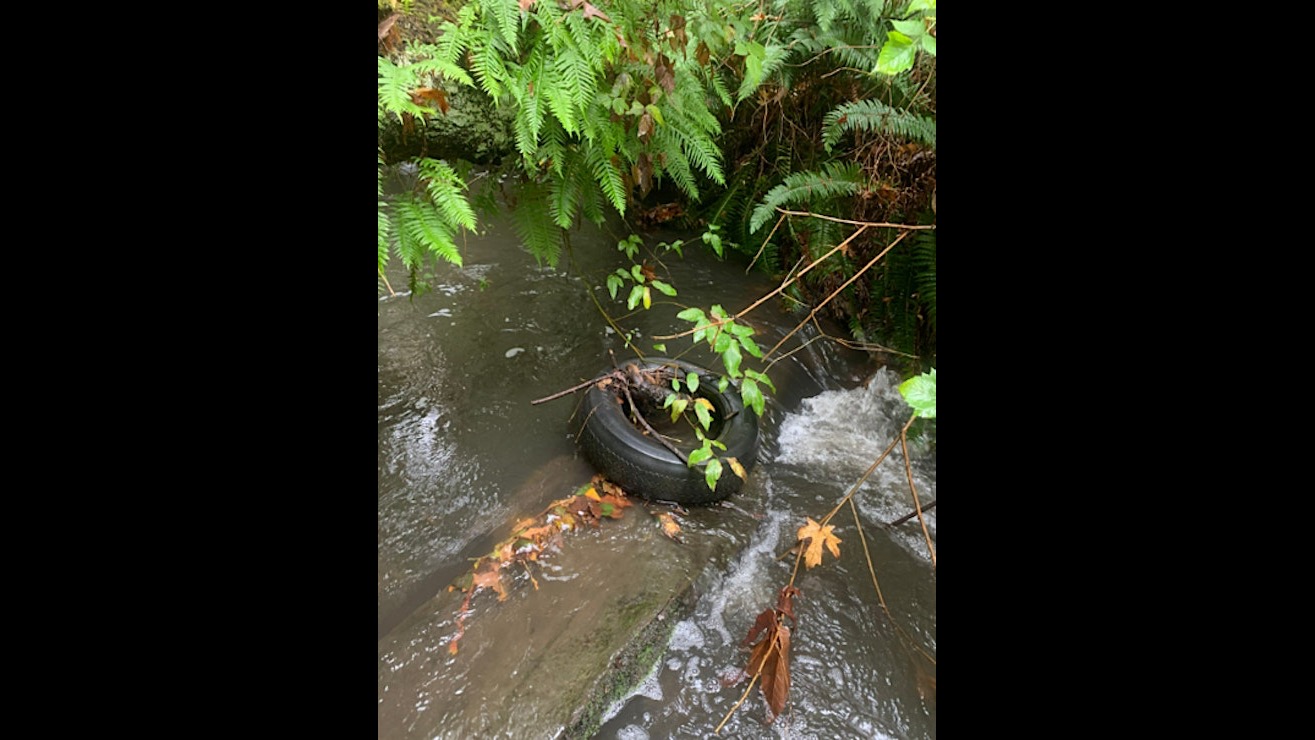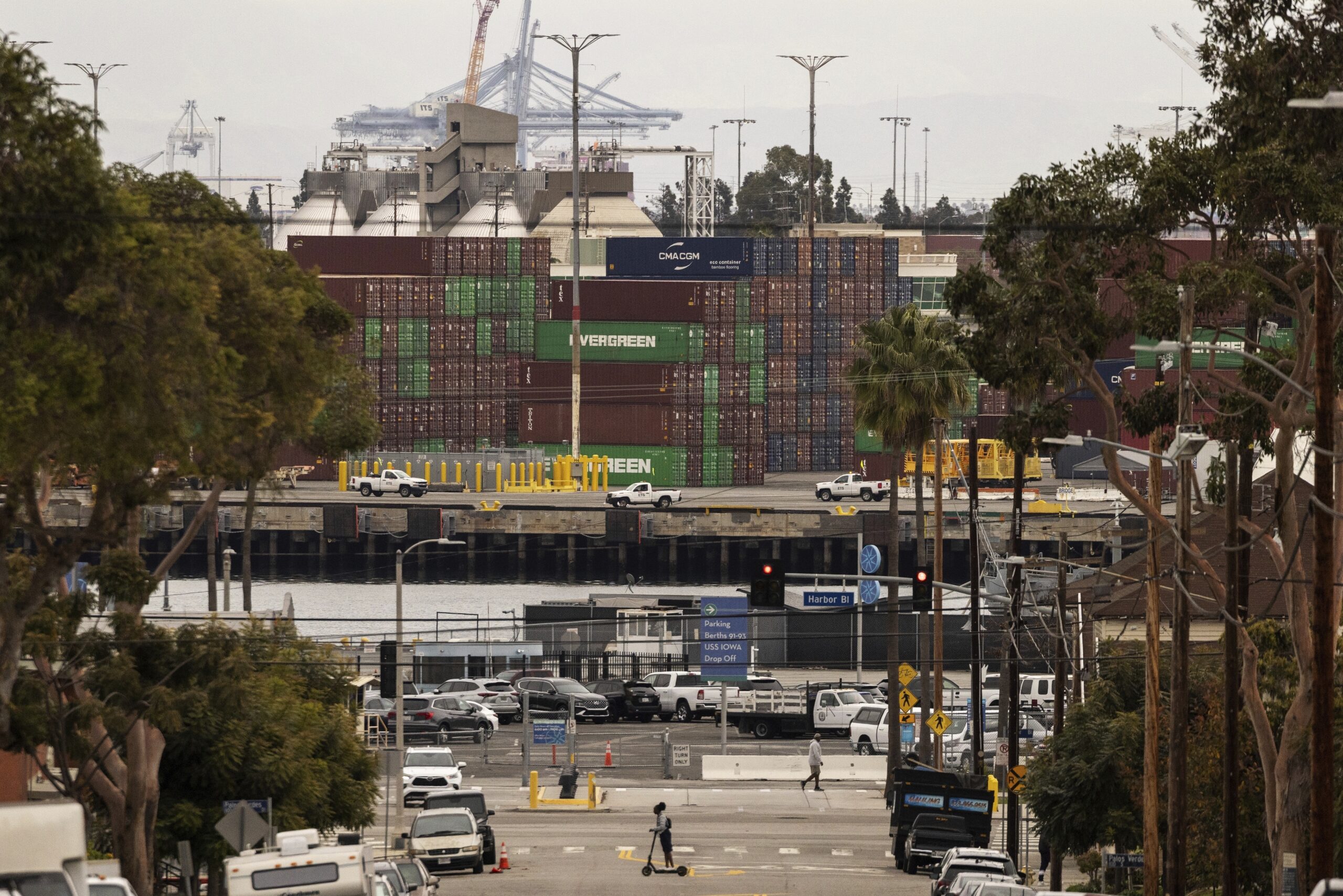AI's Green Light: Trump EPA Accelerates Tech Infrastructure Approval

In a significant policy shift, the Environmental Protection Agency (EPA) is proposing a streamlined approach to environmental permitting that could dramatically accelerate industrial development. The new proposal would allow manufacturers and power plant developers to begin construction of their facilities before obtaining final Clean Air Act permits, potentially reducing bureaucratic delays and expediting economic growth.
This groundbreaking regulatory change aims to balance economic progress with environmental protection by introducing more flexible permitting processes. Under the proposed guidelines, companies would be able to initiate construction while simultaneously working through the complex permit approval process, potentially saving months or even years of development time.
The EPA's proposal represents a nuanced approach to industrial regulation, recognizing the need for both environmental safeguards and economic momentum. By allowing preliminary construction activities, the agency hopes to reduce barriers to infrastructure and manufacturing investments while maintaining critical environmental oversight.
Critics and environmental advocates are likely to scrutinize the proposal, arguing that premature construction could pose potential risks to air quality and local ecosystems. Conversely, industry leaders are expected to welcome the change as a pragmatic solution to lengthy regulatory bottlenecks.
As the proposal moves through the regulatory review process, stakeholders from environmental groups, industrial sectors, and government agencies will have opportunities to provide input and shape the final policy framework.








